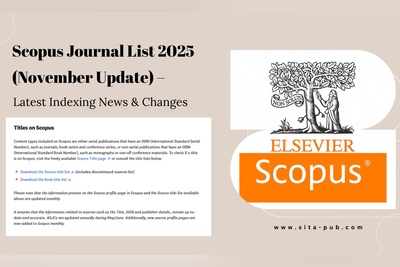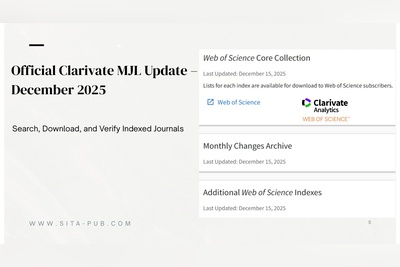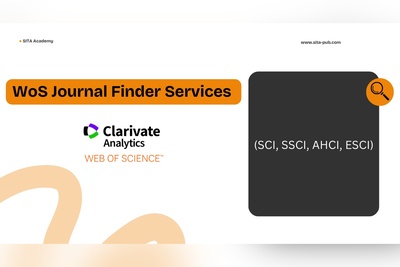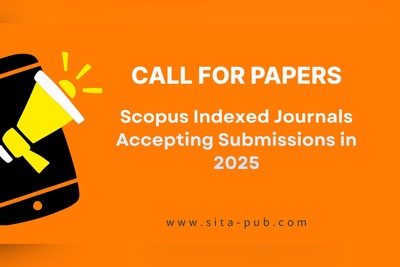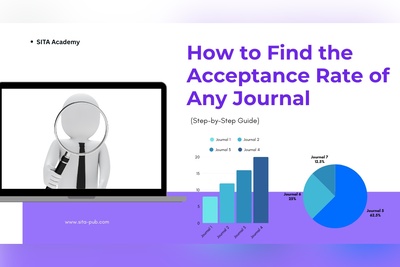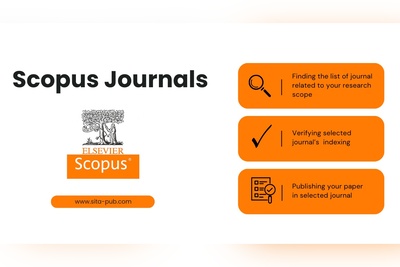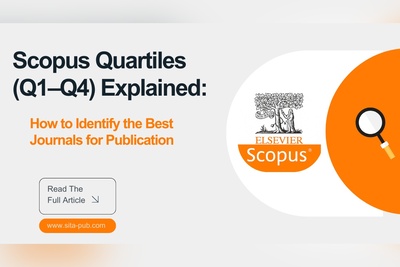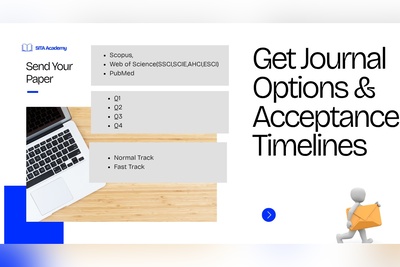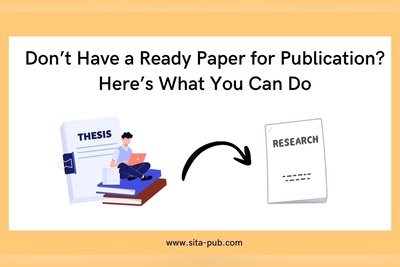Should You Pay to Publish? Pros and Cons of Paid Journals
Should you pay to publish your research paper? This guide explores the pros and cons of open access publishing, APC fees, and how to choose trustworthy journals indexed in Scopus, PubMed, and Web of Science. Ideal for researchers, students, and faculty.
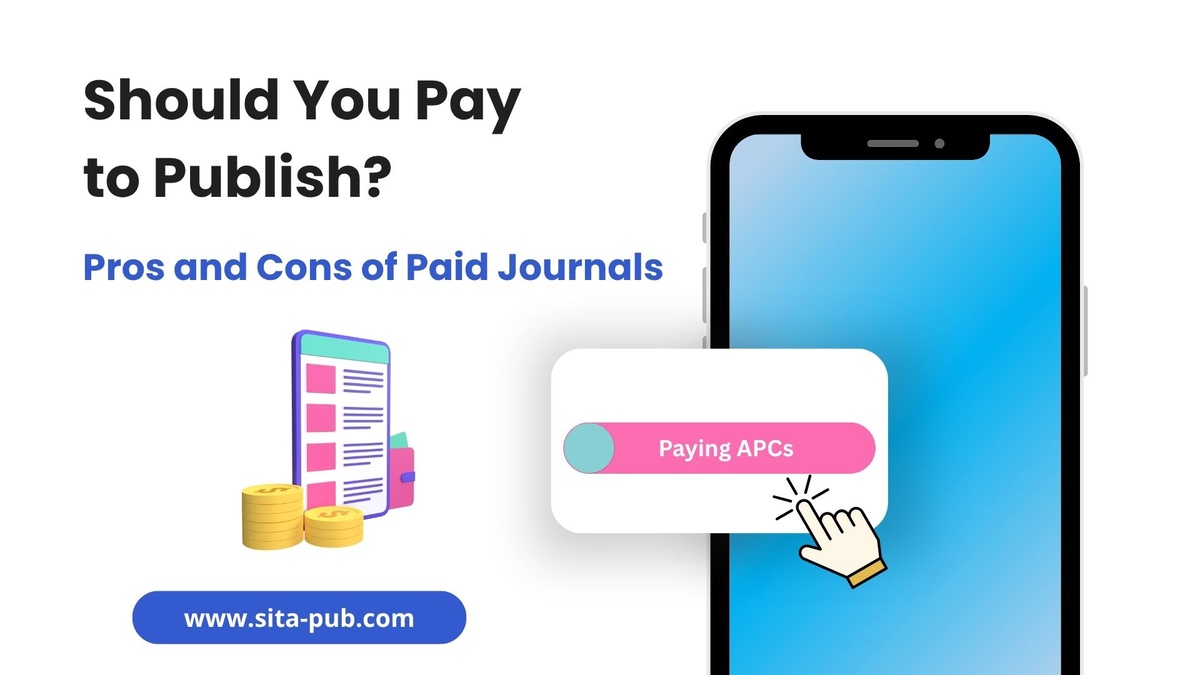
In today’s academic world, publishing your research in reputable journals is more important than ever. Whether you’re a graduate student, a university lecturer, or a seasoned professor, getting your work published is essential for visibility, credibility, and career growth.
But there’s one question that many researchers face:
Should I pay to publish my paper?
With the rise of open access journals, many authors now have the option to publish their work by paying a fee—commonly called an Article Processing Charge (APC). This shift in the publishing model has sparked debate: is it ethical to pay to publish? Are paid journals legitimate? And is it worth the investment?
This article explains why some journals charge APCs, what you get for your money, and whether paying to publish is the right choice for your research goals.
Why Do Journals Charge Article Processing Charges (APCs)?

In the traditional academic publishing model, readers (usually institutions or libraries) pay subscription fees to access journals. Authors publish their work for free, but access is limited to subscribers.
However, the open access model turns this system around. Instead of readers paying, authors pay to make their research freely accessible to everyone online.
Why? Because open access journals do not earn revenue from subscriptions. Instead, they charge APCs to cover the costs of peer review, editing, publishing, indexing, and maintaining the journal’s online platform.
These fees can range from a few hundred to several thousand dollars, depending on the journal’s reputation, indexing, and publishing model.
What Do APCs Actually Cover?
When you pay to publish in a legitimate open access journal, your fee supports a variety of publishing-related services. These may include:
Editorial processing and peer review by experts in your field
Professional editing, formatting, and layout
Digital object identifier (DOI) assignment
Indexing in databases such as Scopus, PubMed, or Web of Science
Plagiarism checks using software like iThenticate
Long-term archiving and hosting on secure servers
Marketing and promotion of your article to increase visibility

So, when you pay an APC, you're not just buying visibility—you're paying for a complete, professional publishing process.
Subscription vs. Open Access Journals: What’s the Difference?
Subscription-Based Journals
Content is behind a paywall
Access is limited to institutional or individual subscribers
Authors don’t usually pay unless choosing optional open access
Common in older, traditional academic publishing houses
Open Access Journals
Content is free to read and download worldwide
Funded by APCs paid by authors or their institutions
Encourages greater visibility, accessibility, and citation
Popular in fast-growing fields like medicine, technology, and social sciences
Some hybrid journals offer both models, allowing authors to choose between traditional and open access publishing.
Pros of Publishing in Paid (Open Access) Journals
Global Accessibility
Anyone, anywhere can read your research—no subscriptions needed. This is especially valuable for researchers in developing countries or independent scholars.Higher Citation Rates
Studies show that open access articles receive more citations on average because they are more accessible.Faster Review and Publication
Many open access journals offer fast-track peer review, which helps authors meet graduation or promotion deadlines.Compliance with Funders
Some research funders (especially in Europe and North America) require research to be published open access for transparency.Enhanced Research Impact
Open access articles are easier to share, appear higher in search results, and are more likely to be discussed in blogs, media, and policy papers.
Cons of Paid Journals
High Costs
APCs can be expensive. Reputable journals charge between $500 and $3,000+. This can be a burden for graduate students or early-career researchers.Predatory Publishers
Some unethical publishers claim to be open access but lack proper peer review and only aim to make money. These are known as predatory journals.Equity and Access Issues
Researchers from low-income backgrounds or institutions with no funding may struggle to afford APCs.Misunderstood Reputation
In some countries, “paying to publish” still carries a negative perception, even when the journal is legitimate and indexed.
Is It Worth Paying to Publish?
This depends on your situation, goals, and the journal. Here are some questions to help you decide:
Is the journal indexed in Scopus, PubMed, or Web of Science?
If yes, the APC is likely justifiable.Does your university or funding agency support open access?
Many institutions offer APC funding or waivers for affiliated authors.Are you publishing for graduation or promotion?
If deadlines are near, a fast-track journal may be worth the fee.Are you targeting a wide audience?
Open access increases the chances your work will be read and cited.Is the journal credible and peer-reviewed?
Check the editorial board, peer review policy, and previous articles before submitting.
How to Spot a Trustworthy Paid Journal
Before paying, make sure the journal is:
Indexed in official databases, like:
Transparent about fees and review process
Has a valid ISSN and DOI system
Operated by a recognized publisher
Has clear ethical policies (COPE member)
So, Should You Pay to Publish?
Short answer: It depends.
If your target journal is indexed, follows peer-review standards, and offers open access, paying the APC can be a smart move. You get better visibility, faster processing, and broader academic impact.
But if the journal is not indexed or has questionable practices, paying to publish may hurt your reputation more than help.
You don’t have to decide alone—there are experts who can help.
Need Help Choosing the Right Journal?
At SITA Academy, we specialize in helping:
Graduate students
Faculty members
Independent researchers
…publish their work in Scopus, Web of Science (SCIE, SSCI, ESCI), and PubMed-indexed journals.
We offer:
Manuscript evaluation and editing
Journal matching (with or without APCs)
Submission handling
Formatting support
Send us your manuscript, and we’ll analyze it to recommend the best journals based on your content, budget, and goals. Our team will manage the process professionally and ethically.
Final Thoughts
Paying to publish isn’t wrong—as long as it’s for a legitimate, peer-reviewed journal that adds value to your academic journey.
Always research the journal, understand the fees, and choose what aligns with your goals. If done right, open access publishing can help you reach more readers, gain more citations, and boost your academic profile.
How SITA Academy Helps You Choose the Right Journal

Send Your Paper Abstract |

Receive Journal List |

Select Your Journal |

Start the Publication Process |
Verified Contact Channels
If you have any questions, inquiries, or would like to learn more about our services, please don't hesitate to reach out to us. Our dedicated team is ready to assist you.





